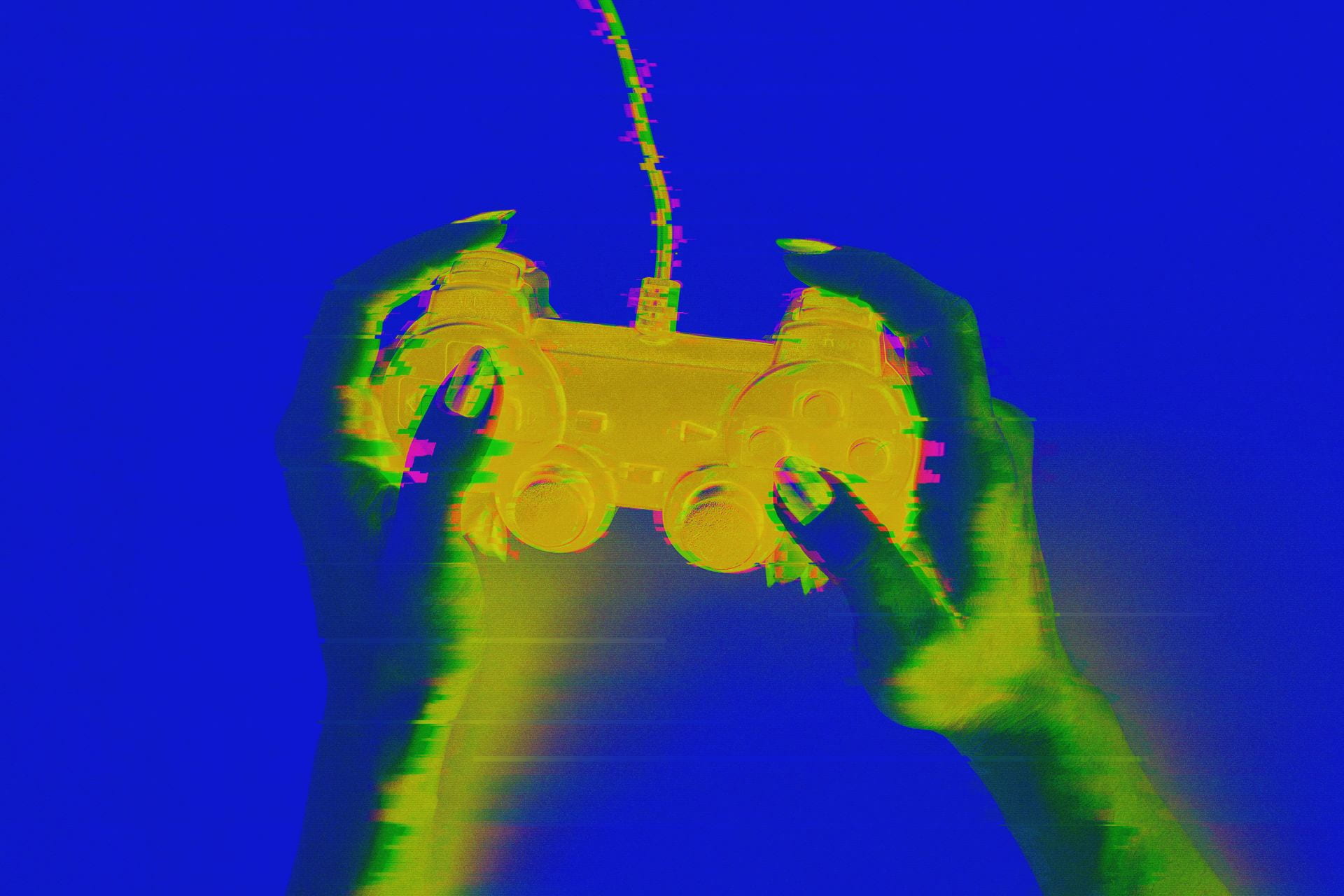Exploring “Literary” Devices for Poetic Interactivity
Ministry of Education Academic Research Fund, Tier 1
Alex Mitchell, NUS Department of Communications and New Media
This project explored the ways that the design of interactivity in games and interactive art can be used to create an aesthetic response in the user. The aim of the project was to investigate the various structural “devices”, equivalent to literary devices such as imagery, allusion, and choice of language, which can be used by designers of interactive media to “slow down” the process of perception while interacting with an interactive work, to create a poetic effect similar to the effect of poetic or literary language on a reader of a literary work.
Based on a series of close readings of art games and interactive artwork and empirical studies of player responses to art games, the concept of “poetic gameplay” was developed, describing how the defamiliarization of elements within a game can slow down perception and encourage the player to reflect on the form of the game, in certain cases creating an aesthetic response. Based on these close readings and empirical studies, a set of five categories of poetic gameplay and 24 specific techniques used in these games were developed, together with a further set of 13 techniques used in works that attempt to convey a life story. Based on the 24 poetic gameplay techniques, a “pattern language” was developed. This pattern language, consisting of 33 patterns, can be used to design art games that encourage poetic gameplay. To validate these patterns, and to understand how designers use these patterns, a set of empirical studies of practicing game designers using our patterns was carried out.
The work described above contributes to our understanding of the relationship between the design of interactive works and aesthetic response, and the ways that the techniques used to create these aesthetic responses can be described as actionable theory for other designers to use to create similar works.
Publications
Journal articles
Mitchell, A., Kway, L., Neo, T., & Sim, Y. T. (2020). “A Preliminary Categorization of Techniques for Creating Poetic Gameplay.” Game Studies, 20(2).
Chew, E. C., & Mitchell, A. (2020). “Bringing Art to Life: Examining Poetic Gameplay Devices in Interactive Life Stories.” Games and Culture, 15(8), 874-901.
Chew, E., & Mitchell, A. (2019). “Multimodality and Interactivity in ‘Natively’ Digital Life Stories.” Poetics Today, 40(2), 319-353.
Conference publications
Mitchell, A. (2018). “Antimimetic Rereading and Defamiliarization in Save the Date.” In DiGRA ’18 – Proceedings of the 2018 DiGRA International Conference. Turin, Italy.
Mitchell, A., Sim, Y. T., & Kway, L. (2017). “Making it unfamiliar in the “right” way an empirical study of poetic gameplay.” In Proceedings of the 2017 DiGRA International Conference, DiGRA 2017.
Mitchell, A. (2016). “Making the Familiar Unfamiliar: Techniques for Creating Poetic Gameplay.” In DiGRA and FDG First Joint Conference.
Conference presentations
Mitchell, A. (2018). “The (Eventual) Sense of an Ending.” Presented at Electronic Literature Conference 2018. Montreal, Quebec, Canada.
Mitchell, A. (2017). “Anti-Mimetic Rereading and Defamiliarization in Electronic Literature.” Presented at Electronic Literature Organization 2017. Porto, Portugal.



You must be logged in to post a comment.